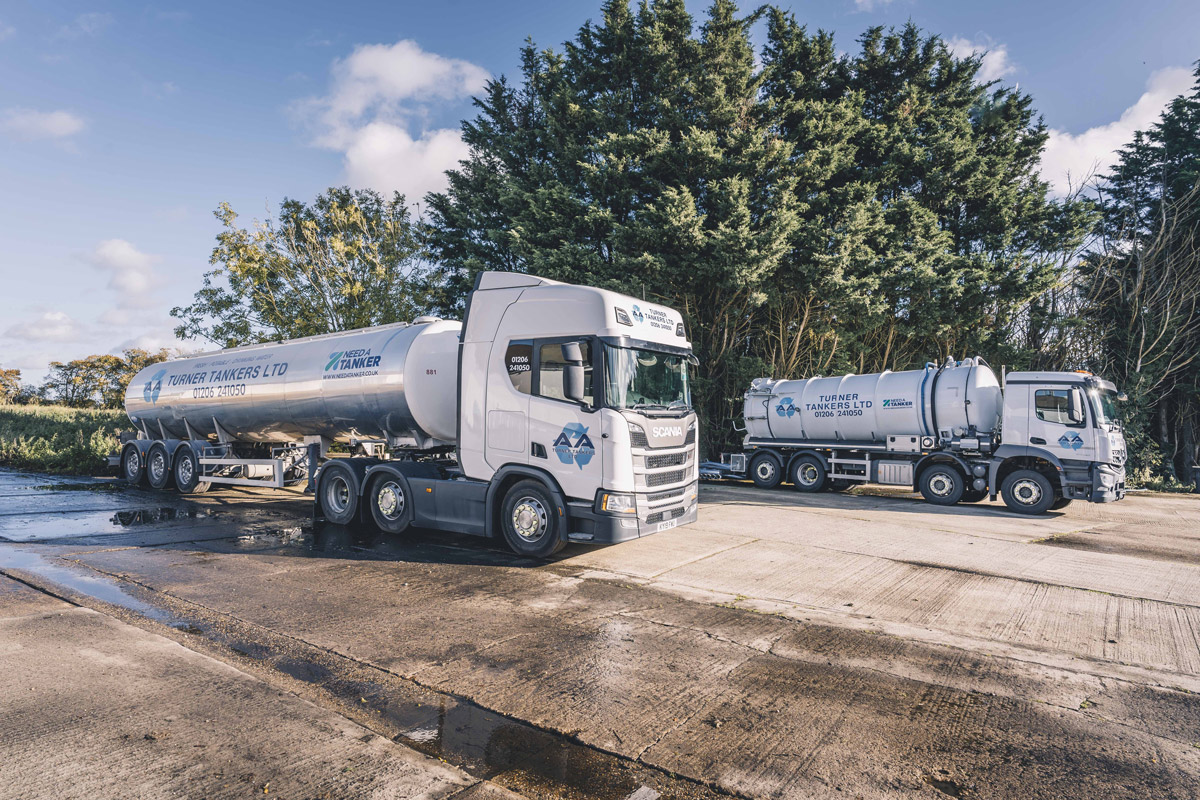Reclaim Waste Things To Know Before You Buy
Wiki Article
Not known Details About Reclaim Waste
Table of ContentsThe Reclaim Waste StatementsWhat Does Reclaim Waste Mean?Not known Incorrect Statements About Reclaim Waste The Best Guide To Reclaim WasteThe Definitive Guide to Reclaim Waste
Residential sewage waste refers to the waste and items from a property septic tank. The proper management and disposal of domestic sewage waste need fluid waste to be transferred to a sewage treatment plant where the proper methods and equipment are used to detoxify and dispose of waste.
Industrial waste commonly consists of possible dangers, such as combustible materials or a mix of liquid and solid waste items, and calls for an extra sophisticated and detailed disposal process. The disposal of business waste generally involves the filtering of waste before transportation to make certain risk-free and proper disposal. Hazardous waste is produced from by-products and runoff of industrial processes and manufacturing.
This type of waste can not utilize the same sewer management transport or procedures as septic or commercial fluids. The commercial waste management process calls for the inspection and testing of fluid waste prior to it goes through the disposal procedure (liquid waste disposal melbourne). Runoff waste is the fluid waste that comes from drainage and excess stormwater in very inhabited areas or cities
Drainage waste can trigger contamination and flooding if not handled appropriately. Making sure proper waste administration can stop calamities and lower ecological damage.
The 9-Second Trick For Reclaim Waste
Contact PROS Services today to discover our waste monitoring and disposal solutions and the appropriate means to care for the fluid waste you create.(http://peterjackson.mee.nu/do_you_ever_have_a_dream#c2256)This so-called 'wastewater' is not only a vital resource yet, after treatment, will be launched to our land, rivers or the ocean. Utilized water from bathrooms, showers, bathrooms, kitchen sinks, laundries and commercial procedures is recognized as wastewater.

water used to cool equipment or tidy plant and devices). Stormwater, a kind of wastewater, is drainage that moves from farming and metropolitan areas such as roof coverings, parks, gardens, roads, courses and seamless gutters into stormwater drains pipes, after rainfall. Stormwater streams unattended directly to neighborhood creeks or rivers, ultimately reaching the sea.
Some Known Factual Statements About Reclaim Waste
In Queensland, a lot of wastewater is dealt with at sewage treatment plants. Wastewater is carried from domestic or industrial sites via a system of sewers and pump stations, referred to as sewage reticulation, to a sewage therapy plant. Neighborhood governments develop, keep and operate most sewer therapy plants. Operators are certified under the Environmental Management Act 1994 to release cured wastewater at an appropriate ecological criterion right into waterways.The Department of Natural Resources recommends neighborhood governments about handling, operating and maintaining sewerage systems and treatment plants. In unsewered areas, neighborhood federal governments may need householders to install private or house sewer treatment systems to treat domestic wastewater from commodes, kitchens, washrooms and washings. The Division of Natural Resources authorizes the usage of household content systems when they are confirmed to be effective.
A lot of stormwater receives no treatment. In some new class, treatment of some stormwater to get rid of trash, sand and crushed rock has actually started making use of gross toxin traps. Wastewater therapy takes place in four stages: Gets rid of solid issue. Larger solids, such as plastics and other items incorrectly released to sewers, are eliminated when wastewater is passed via displays.
Wastewater after that streams right into huge tanks where solids clear up and are removed as sludge. Grease and residue are skimmed from the surface area. Uses tiny living organisms referred to as micro-organisms to damage down and eliminate staying liquified wastes and great bits. Micro-organisms and wastes are included in the sludge. Removes nitrogen and phosphorus nutrients that could create algal blossoms in our waterways and threaten marine life.
Reclaim Waste for Dummies
Nutrient removal is not offered at all sewage therapy plants due to the fact that it needs costly specialist devices. Clear liquid effluent created after treatment may still consist of disease-causing micro-organisms - liquid waste removal.
This generally suggests wastewater needs to be treated or impurities gotten rid of before it can be released to waterways. Most wastewater moves into the sewage system. Under the Act, city governments carry out authorizations and permits for ecologically pertinent tasks (ERAs) involving wastewater releases that could have a local influence. The division provides authorizations and permits to Periods involving wastewater launches that may have a regional or statewide effect.
Excitement About Reclaim Waste
Monitoring offers valid details concerning water quality and can verify that permit conditions are being met. The info gotten with tracking supplies the basis for making water quality choices.Report this wiki page